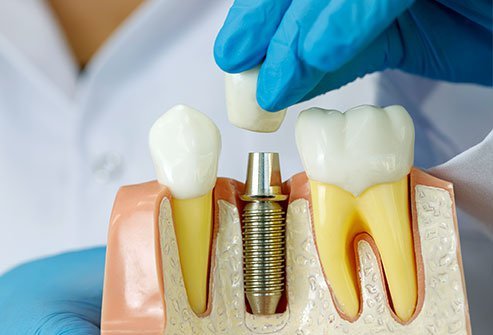Choosing the right sunscreen is crucial for protecting your skin from harmful UV rays and preventing long-term damage. With so many options available, understanding the key factors can help you make an informed decision. Firstly, consider the Sun Protection Factor which indicates how well the sunscreen protects against UVB rays. Dermatologists generally recommend using a broad-spectrum sunscreen with an SPF of at least 30, which blocks 97% of UVB rays. Higher SPFs provide slightly increased protection, but no sunscreen can block 100% of UV rays. Reapplication every two hours, or more frequently if swimming or sweating, is essential regardless of SPF. Next, choose between chemical and physical mineral sunscreens. Chemical sunscreens absorb UV radiation and convert it into heat, whereas physical sunscreens containing zinc oxide or titanium dioxide create a physical barrier by reflecting and scattering UV rays.

Physical sunscreens are less likely to cause skin irritation and are effective immediately upon application, making them suitable for sensitive skin ensuring northstar dermatology. Consider your skin type when selecting a sunscreen formulation. Oily or acne-prone skin may benefit from oil-free or gel-based formulations labeled as non-comedogenic, which would not clog pores. For dry skin, look for sunscreens containing moisturizing ingredients like glycerin or hyaluronic acid. Those with sensitive skin should opt for fragrance-free and hypoallergenic sunscreens to minimize the risk of irritation. Water resistance is essential, especially if you will be swimming or sweating. Water-resistant sunscreens maintain their SPF level for either 40 minutes or 80 minutes while exposed to water, as indicated on the label. However, reapplication after towel-drying is necessary to ensure continued protection. Additional features such as tinted sunscreens offer the benefit of added coverage and even skin tone while providing sun protection.
These can be particularly useful for those seeking a multifunctional product that combines sunscreen with light coverage. Lastly, check the expiration date on the sunscreen bottle. Expired sunscreen may not provide adequate protection, so it is essential to discard and replace it as recommended by the manufacturer. In conclusion, finding the best sunscreen involves considering factors like SPF, formulation, skin type, water resistance, and additional features. Remember that sunscreen is just one part of sun protection, alongside seeking shade, wearing protective clothing, and avoiding peak sun hours. By choosing a sunscreen that suits your needs and lifestyle, you can enjoy outdoor activities while safeguarding your skin from the harmful effects of UV radiation.



